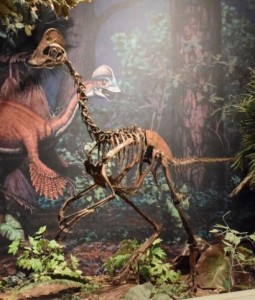While searching the internet to learn more about the posterior pituitary gland and the hormones it secretes I came across an interesting study. The work of researchers from the Ben-Gurion University of the Negev in Israel and the University of Amsterdam in the Netherlands focuses on ethical decision making. They designed an experiment to investigate the biological foundation of lying. 60 male participants received an intranasal dose of either oxytocin, a peptide of nine amino acids that functions as both a hormone and a neurotransmitter, or placebo then split into teams of three and asked to predict the results of 10 coin tosses. They knew that for each correct prediction, they could lie and earn more money to split between their group members, who were engaging in the same task.
The coin toss results reported by participants who had taken oxytocin and those who had received the placebo were very different. Among the control subjects, 23% claimed to have guessed the results of nine or 10 of the coin tosses. But in the oxytocin group, 53% of the participants claimed to have correctly guessed this many coin tosses. So it seems fair to assume that the majority of the subjects who claimed 90% or 100% success rates were lying, but it shows that the oxytocin group were more than twice as likely to lie than the placebo group.
Oxytocin promotes group bonding, so were the subjects who received the oxytocin lying in order to benefit their group? Dr. Shalvi said that the results suggested that people were willing to bend ethical rules to help the people close to them. He goes on to describe how the results highlight the role of bonding and cooperation in shaping dishonesty:
“Together, these findings fit a functional perspective on morality revealing dishonesty to be plastic and rooted in evolved neurobiological circuitries, and align with work showing that oxytocin shifts the decision-maker’s focus from self to group interests.”
The researchers concluded that when dishonesty serves group interests, oxytocin increased lying as well as extreme lying, and when lying served personal self-interests only, oxytocin had no effects.
So not only did I learn that oxytocin is linked to pregnancy and childbirth, among other things stimulating milk production and maternal bonding, but also that it can actually make people more dishonest. Wow!
http://www.latimes.com/science/sciencenow/la-sci-sn-oxytocin-lying-to-help-groups-20140331,0,3284673.story
